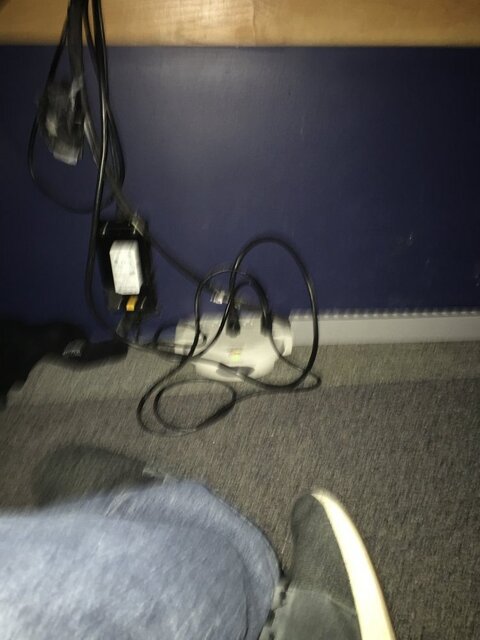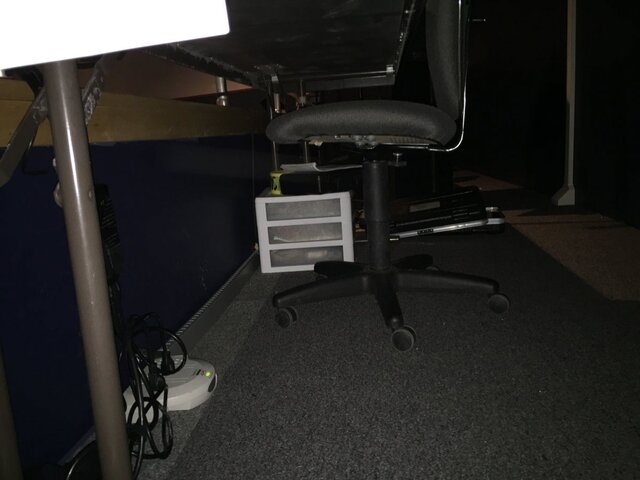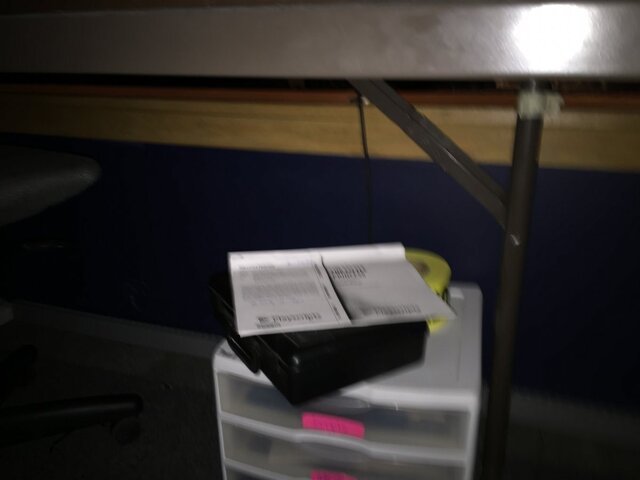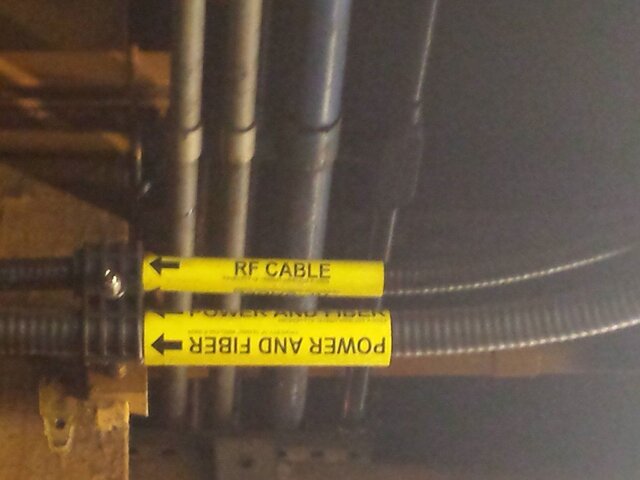While I agree with the comments above in principle, practically I see no issues with what you've done. We all know that cables of different signal types are going to be mixed together as you approach the end devices, especially under a
desk. The problems with running
power and signal cables parallel to each other are exacerbated by the length they are in parallel. Short distances like what you've got here don't concern me in the slightest. Try to keep them separate as much as possible, but I wouldn't jump through hoops under a
desk.
Also, I think the
NEC does have an exception to running low
voltage and
line voltage in the same
raceway. If the low
voltage signal is related to what the
line voltage is supplying
power to, and the low
voltage cable has a
voltage rating appropriate for the
line voltage, then the low
voltage is allowed to occupy the same
raceway. The situation I always think of for this is 0-10V dimmable fluorescents, since the low
voltage is controlling the
ballast supplied by the
line voltage, you're allowed to share a
raceway.






